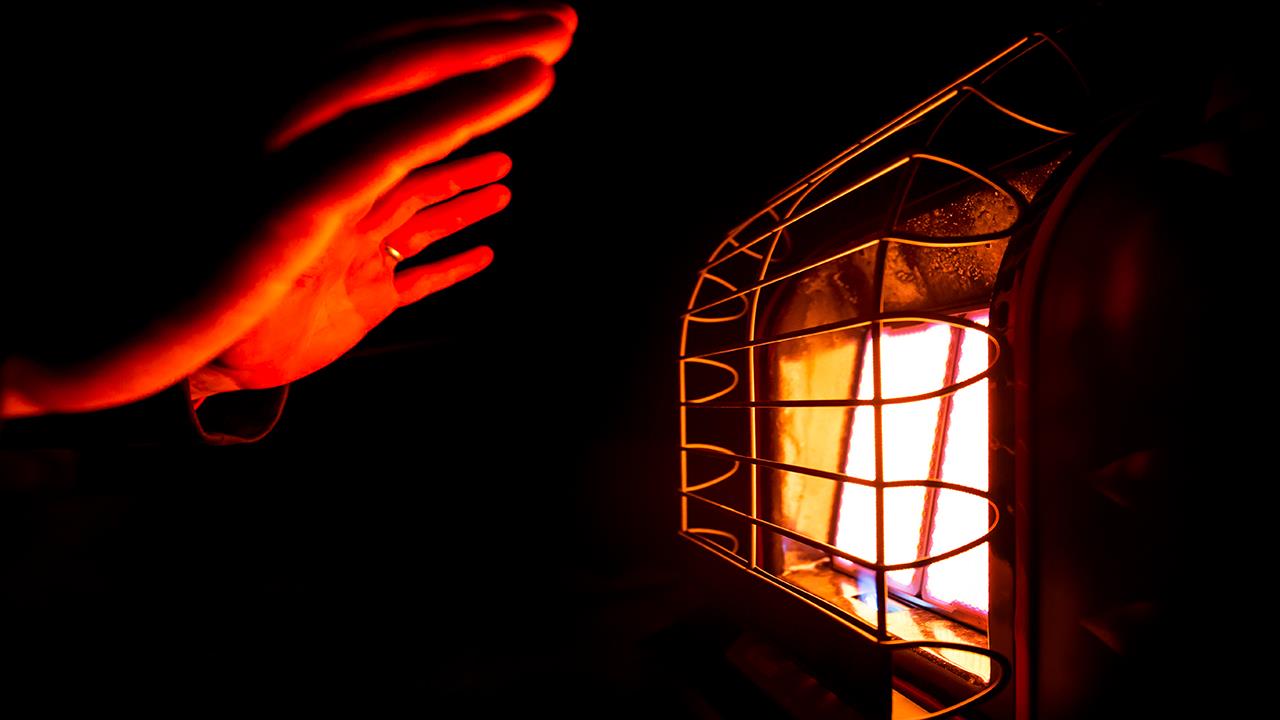

The latest Gas Safe inspection data shows that one in two UK homes containing a gas fire were found to contain an unsafe gas fire. With a poorly ventilated gas fire often being a common culprit for carbon monoxide poisoning, the Gas Safe Register has launched a new campaign, 'Let It Flow', to alert Brits to the dangers of the lack of ventilation and air flow when it comes to heating one room of their homes with a gas fire in this manner.
An improperly maintained or ventilated gas fire can lead to incomplete combustion, producing carbon monoxide, which in some cases may enter the property causing this toxic gas to linger – putting those in close proximity at risk. Carbon monoxide (CO) poisoning can be deadly and is especially dangerous as it cannot be seen, tasted or smelt, and some symptoms mimic the effects of a virus and even a bad hangover.
Further compounding the issue, the research found a number of individuals are expecting to sleep in this heated room.
Elizabeth Saxton, 42, a Gas Safe-registered engineer from York, said: “With many feeling more of a financial squeeze in recent years, heating one room instead of the whole house is becoming more and more commonplace.
"I’ve noticed an increase in this myself when going out to visit customers, especially the elderly, with some even opting to sleep in a room with a gas fire to stay warm – which I would never recommend. It can certainly be an effective way of saving money but if you’re using a gas fire to heat one room, it’s so important to ensure your appliance is gas safe and to ‘let it flow’ with sufficient ventilation.
"That’s why I’m working with the Gas Safe Register to urge people to get their gas appliances safety checked this winter – CO poisoning can be deadly and it's much better to be gas safe than sorry.”
Rob Denman, Head of Professional and Field Services at Gas Safe Register, added: “The research we’ve commissioned has highlighted some potentially worrying insights. While it’s completely understandable that people will be trying to find ways to save money this winter, it’s so important that you’re not putting your own or others health at risk.
"With a majority of people using gas fires intending to have their doors and windows shut all day, we are urging the nation to ‘let it flow’ over the winter months. All gas-burning appliances need an appropriate supply of fresh air to burn properly, as all produce a residue of carbon monoxide, a highly poisonous gas. If the air supply to the gas fire is restricted, the level of carbon monoxide produced rises sharply – which is why ventilation is so important.
“Carbon monoxide can be extremely dangerous, even deadly, especially as it’s an odourless, colourless, tasteless gas. We’re urging households to ensure that gas appliances, including gas fires, are safety checked annually by a qualified Gas Safe engineer through the Gas Safe Register – and to let the air follow in the home, even when heating just one room. If you do one thing this winter, check the Gas Safe Register to find a local engineer who can help.”
Gas Safe Register’s top tips to ‘Let It Flow’ this winter:
If you'd like to keep up-to-date with the latest developments in the heating and plumbing industry, why not subscribe to our weekly newsletters? Just click the button below and you can ensure all the latest industry news and new product information lands in your inbox every week.